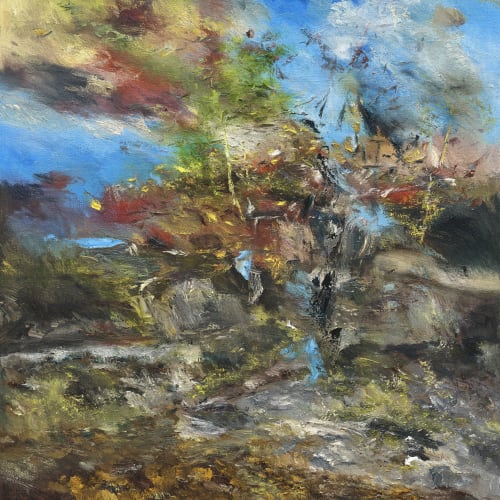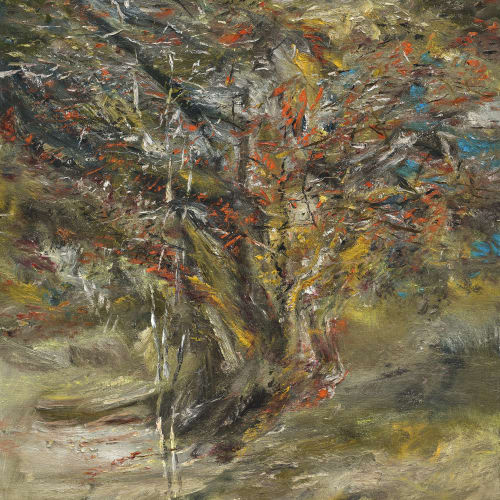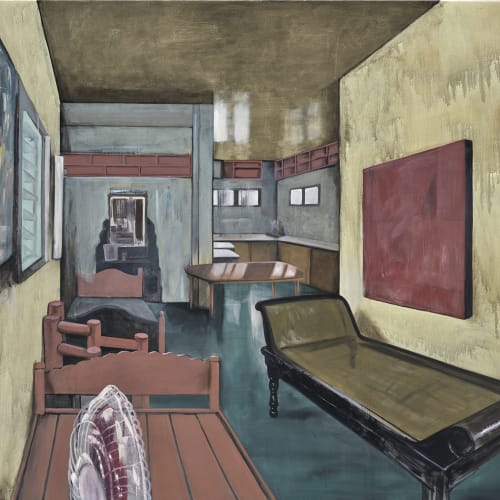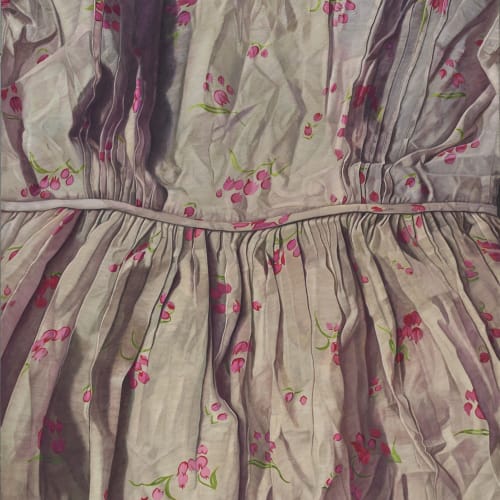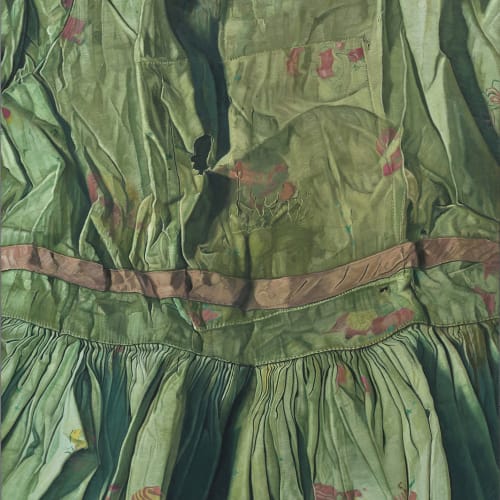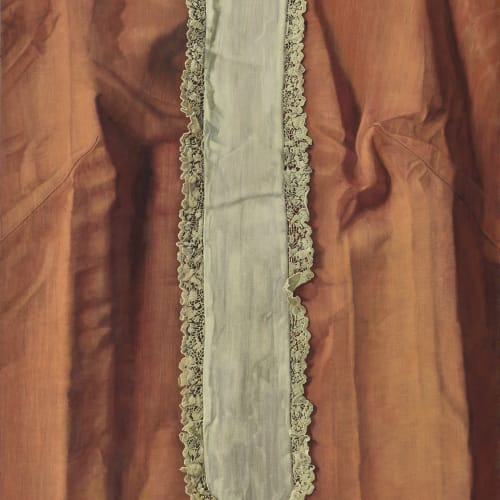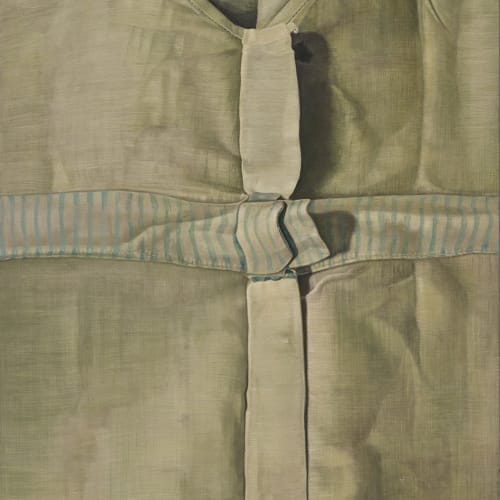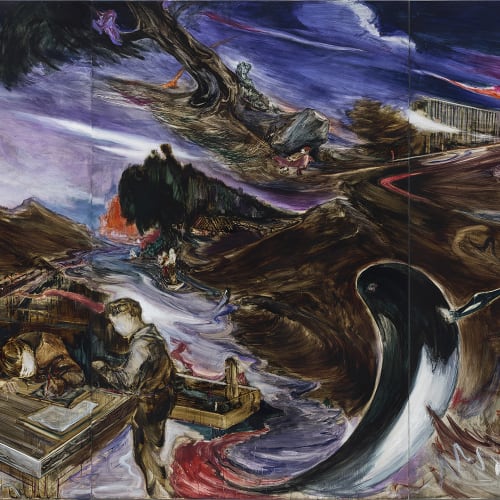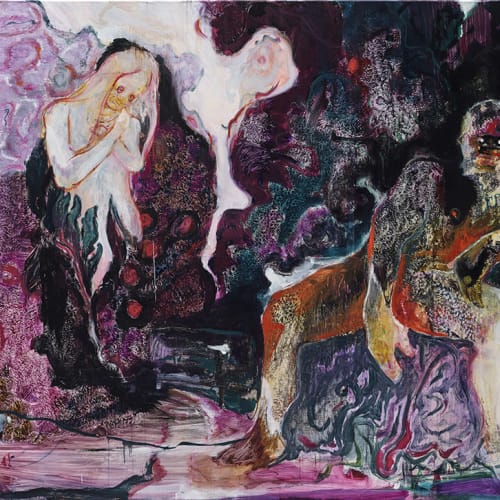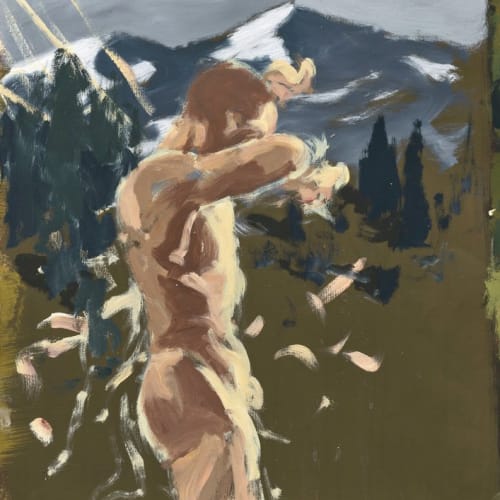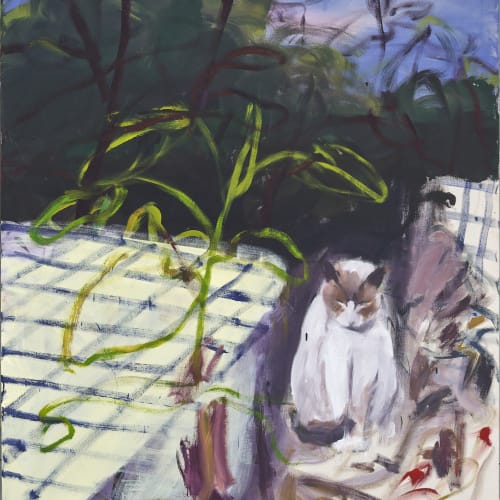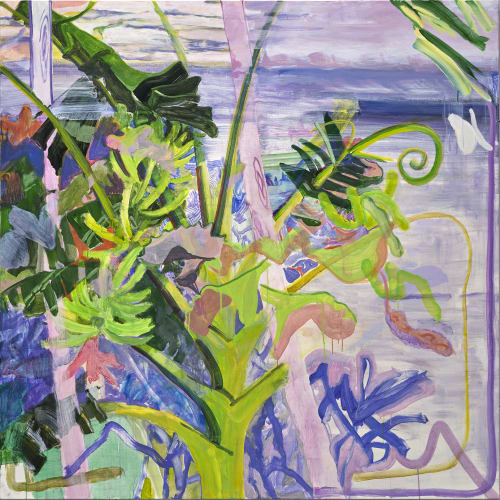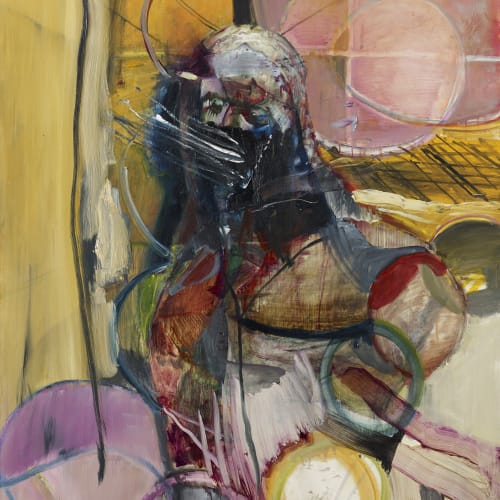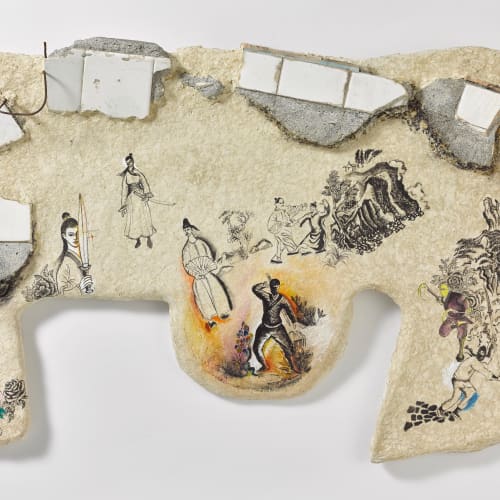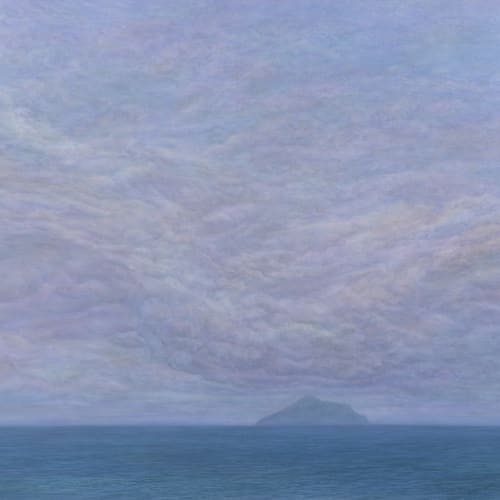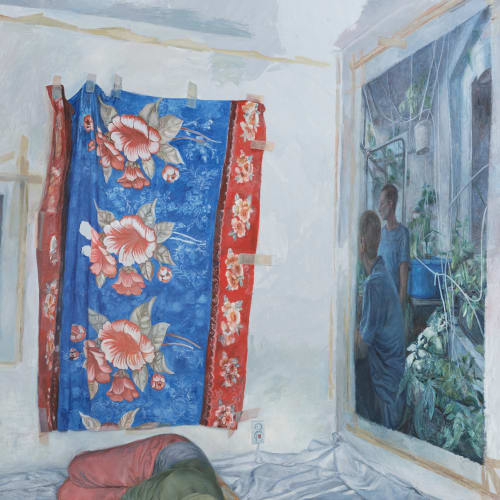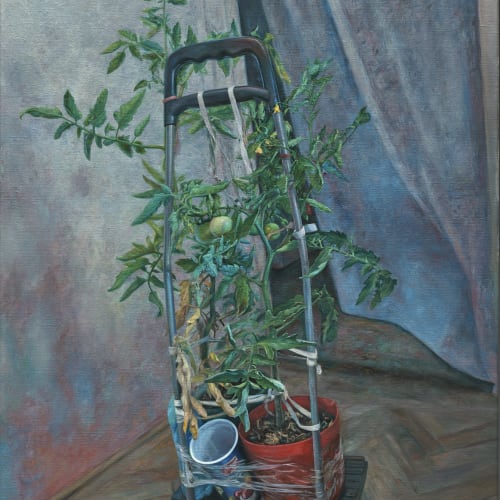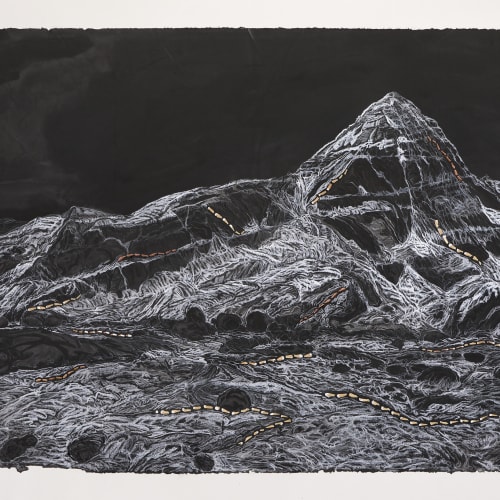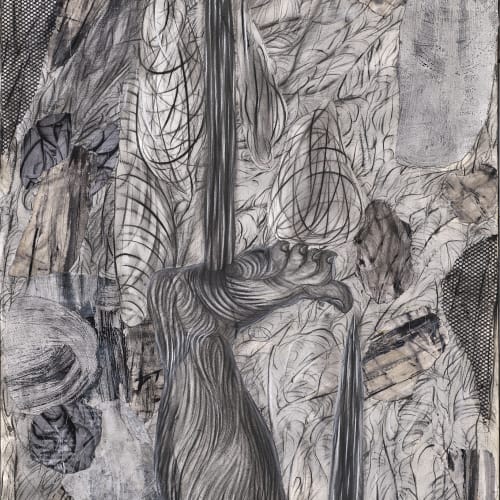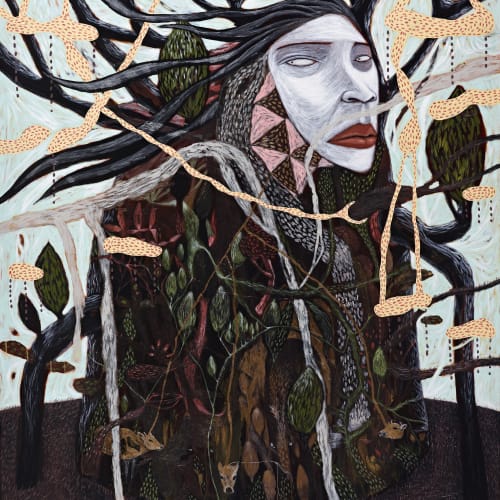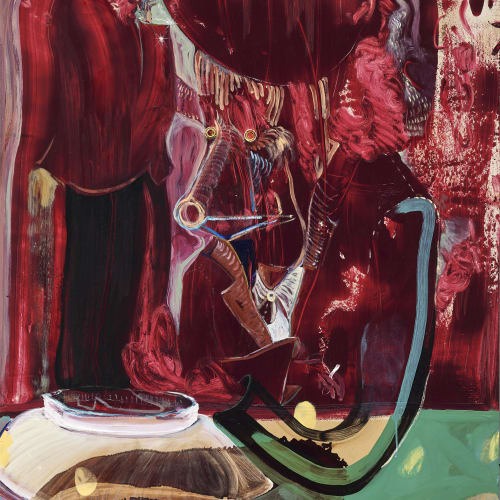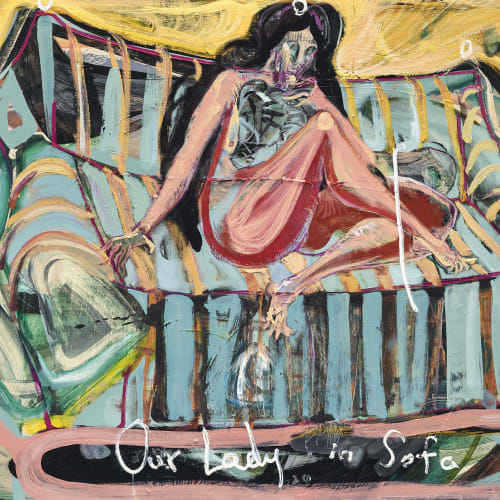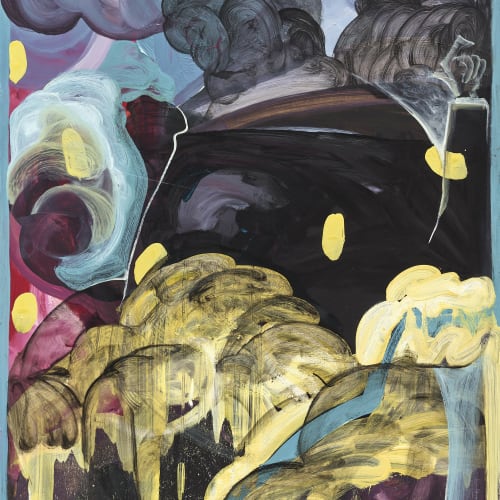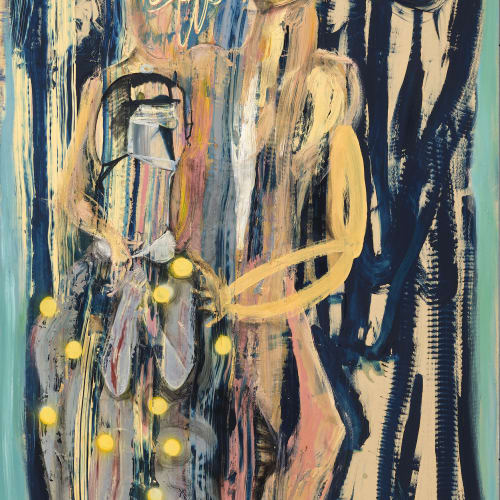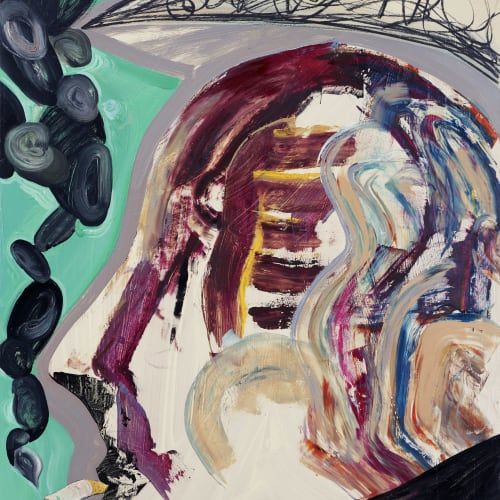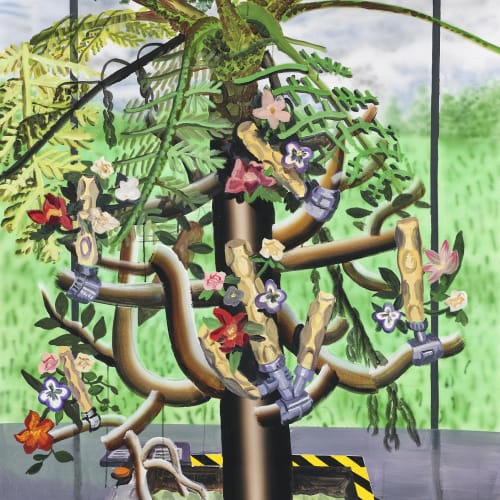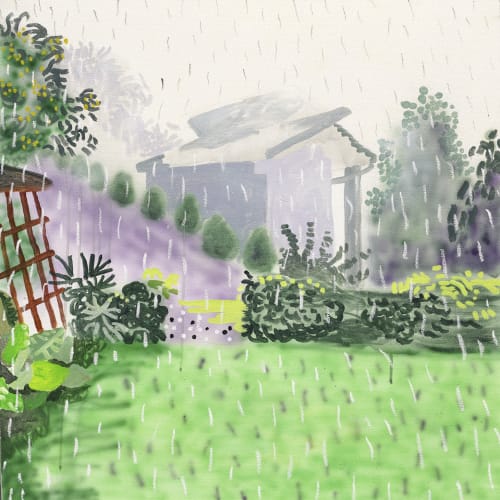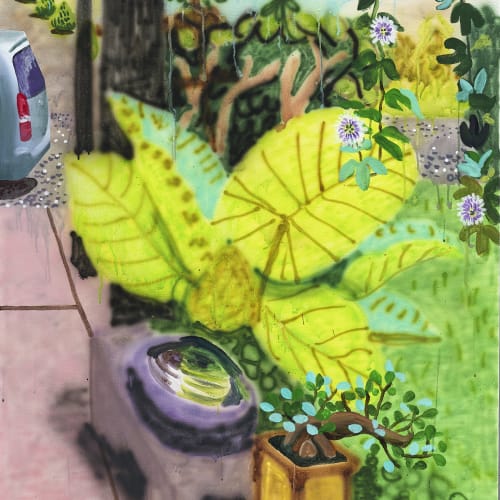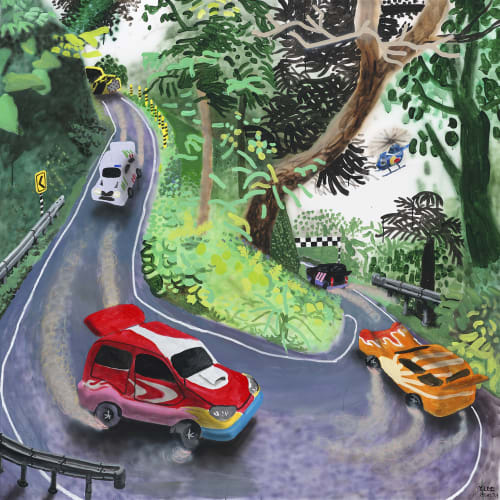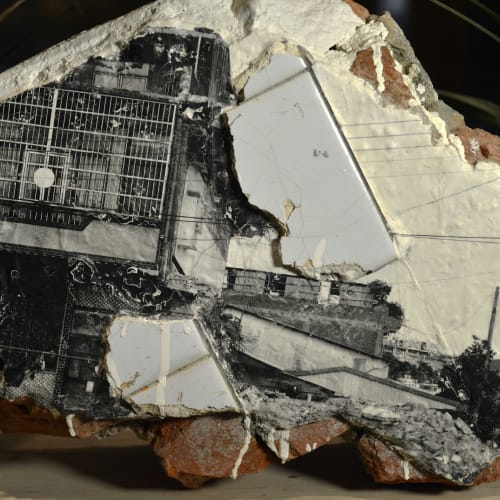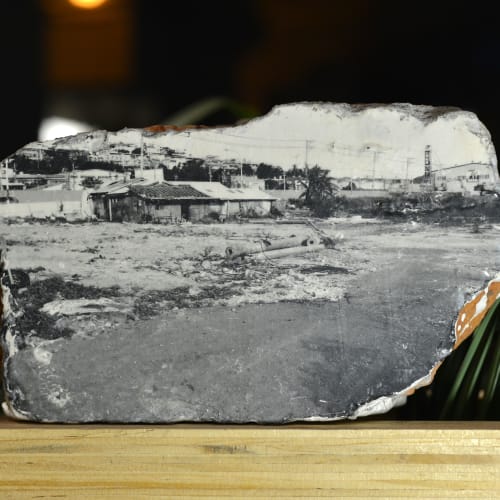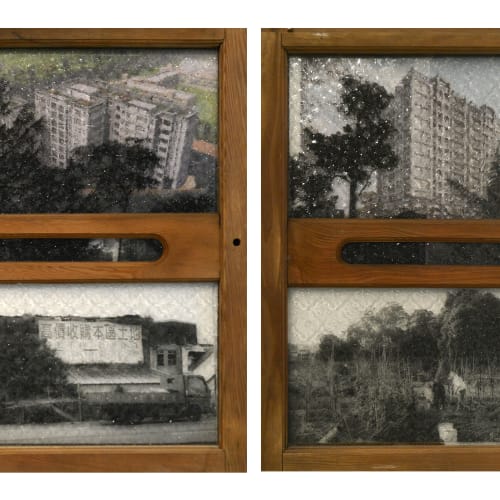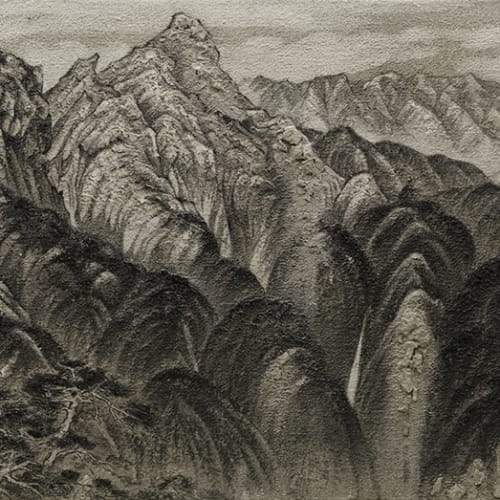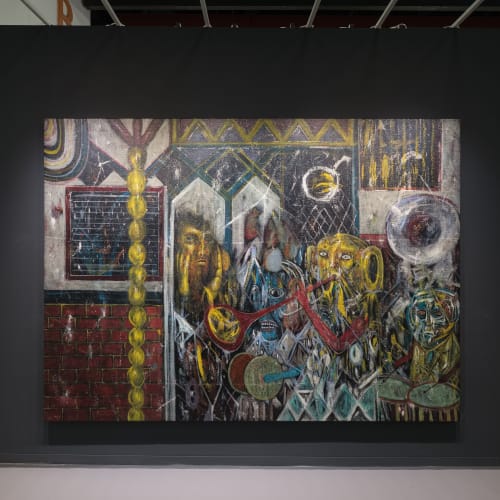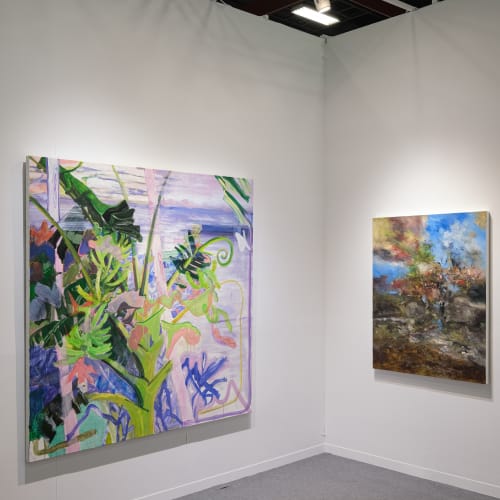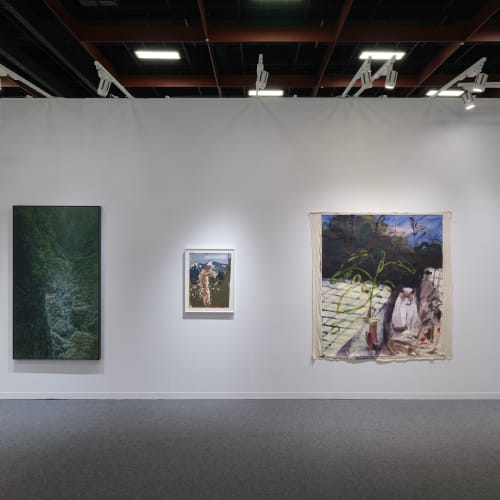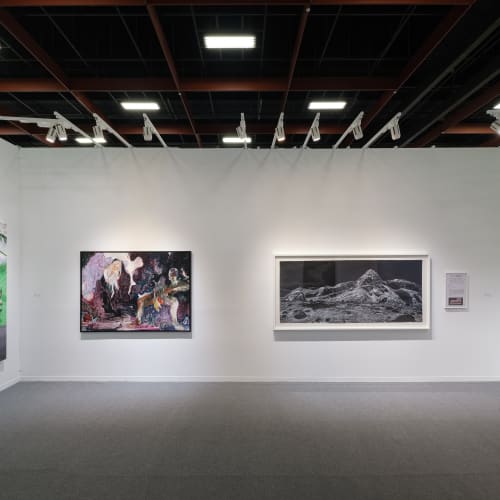Mind Set Art Center is honored to present the latest wok of 14 artists at the Galleries section of 2021 Art Taipei. The artists include Buen CALUBAYAN, Marina CRUZ, Rao FU, Joao GABRIEL, JHONG Jiang-Ze, LEE Ming-tse, LIN Wei-Hsiang, LIU Chi-Hung, Ana Maria MICU, SHI Jin-Hua, Juin SHIEH, Rodel TAPAYA, TANG Jo-Hung and Lee YANG. The art fair is scheduled from October 23 to 25 at the Taipei World Trade Center, with a preview session set for October 21 and 22, starting at 2:00 p.m. We eagerly await your presence.
The artworks in the exhibit revolve around two themes, “imagination” and “representation”. From these two perspectives, the artists ponder upon the format, development and spirit of contemporary painting. They also explore the changing role of “human” and “object” in paintings in an effort to seek a deeper understanding of the imagination and representation, the real and the fictional. The artworks on exhibit explore two directions: the inheritance and transformation of aesthetics, as well as the everyday and the mythology.
The Inheritance and Transformation of Landscape Painting Aesthetics
To create “Pen Walking #178 Moon Above Mount Kailsh at Dawn ” and “Clouds in the Past Moved Slowly”, both SHI Jin-Hua and LIN Wei-Hsiang have focused their eyes and mind and resorted to highly personalized artistic language to reinterpret the aesthetics of landscape painting. In “Pen Walking #178”, SHI Jin-Hua used Chinese ink wash technique for the underpainting, and proceeded to draw lines with white pencils around the image of a mountain ---- a gesture that symbolizes his life-long pilgrimage. In his four-meter long painting “Clouds in the Past Moved Slowly”, LIN Wei-Hsiang portrays seascape on the coast of Yilan County and the Guishan Island. He has filled the frame with his memories, images and inner thoughts. And then, he added hues, light and shades from different moments of the day and different seasons. With his exquisite brush strokes, LIN managed to craft a familiar yet foreign landscape with a multilayered atmosphere.
Also walking the fine line between the familiar and the foreign is Pilipino artists Buen CALUBAYAN. Beneath the emotional façade of his landscape paintings, lies a highly complex web of rational thoughts as he has weaved his personal research of the Philippine’s colonial history into his work. Marina CRUZ, also from the Philippines, conducts conversations with history in her own way. With a style that fuses realism and abstraction, she weaves a web of rich emotions and unique landscapes. YANG Lee, a young Taiwanese artist born in the 1990’s, paints vibrant and energetic palettes with his airbrush and paint brush and creates a series of unique sceneries based on everyday views.
The Everyday and the Mythology
Rao FU’s “Legend” and Rodel TAPAYA’s “The Band” are two standout paintings that embody the theme of “The Everyday and the Mythology”. “Legend” measures over four-meters wide, which allows FU to paint a spectacle of immense cosmic forces and epic civilizations. A young boys standing in the middle of the frame gently lowers his head while. To his right, a whale leaps out of water. The right portion of the fame is filled with mystical figures with halos over their heads, whereas buildings with political implications stand tall in the distant background. Within Rao FU’s frame, elements of natural environment, history, culture and daily life all grow and clash with each other to create new chapters. On the other hand, TAPAYA’s “The Band” portrays the artist’s long-time focus on local folklores and societal events. With expressive brushstrokes and Austronesian symbols, the artist manages to create a symphony filled with passion, hesitation and strange tunes.
Compared to FU and TAPAYA’s epic and mythology-filled artworks, TANG Jo-Hung, JHONG Jiang-Ze and Joao GABRIEL focus more on the drama of human body in their figure paintings. TANG’s painting allows him to find a unique void in the everyday trivia, through which he turns moments in daily routine into dramatic scenes. In his latest work “Pen Fairy from Mongolia”, Tang has used large palettes of complementing colors such as green and red to paint two figures, one standing and one sitting. He manages to naturally implement the real and the fictional, the heavenly and the earthly into his work. GABRIEL, who will be exhibiting in Taiwan for the first time, takes inspiration from movie scenes. Through painting mostly men who engage in emotional entanglement under obscure shades, the artist expresses and reaffirms his identity as a homosexual.
In addition to the presentation in the gallery sector, MSAC is delighted to work with the promising artist CHIEN Yu-Jen who is the winner of 2020 Kaohsiung Art Awards and presents his solo “Nesting. Nest” in MIT sector. In reference to the meaning of nest, CHIEN analogizes the chain relations of materials in the capitalist economy and probes into the connections of house and civilization with the following three series: Cement, Workers Holding Placards – a Portrait Project, and House. The new painting “Taiwanese Landscape Screen-View of Neng-Gao Mountain” uses cement as medium to trace and appropriate a work of a Japanese painter Gobara Koto (1887-1965) living in Taiwan during the Japanese ruled period. In CHIEN’s opinion, cement mined from mountains like any other traditional painting medium is sourced from nature which allows us to ponder over the liquidity for ”materials” in exchange for values and the absurdity generated along with the transaction.
Born in Taipei in 1987, CHIEN Yu-Jen currently studies for PhD at National Taiwan Normal University. He has been active in the community and constantly attentive to the social development in Taiwan and the circumstance of nature and individuals under the system of Capitalism. His works are in the collection of Kaohsiung Museum of Fine Arts and Taoyuan Museum of Fine Arts.
